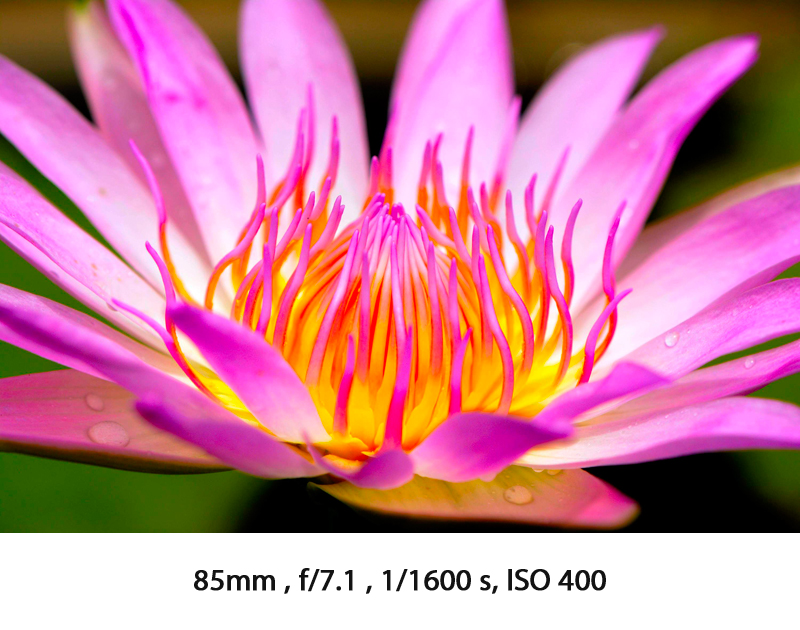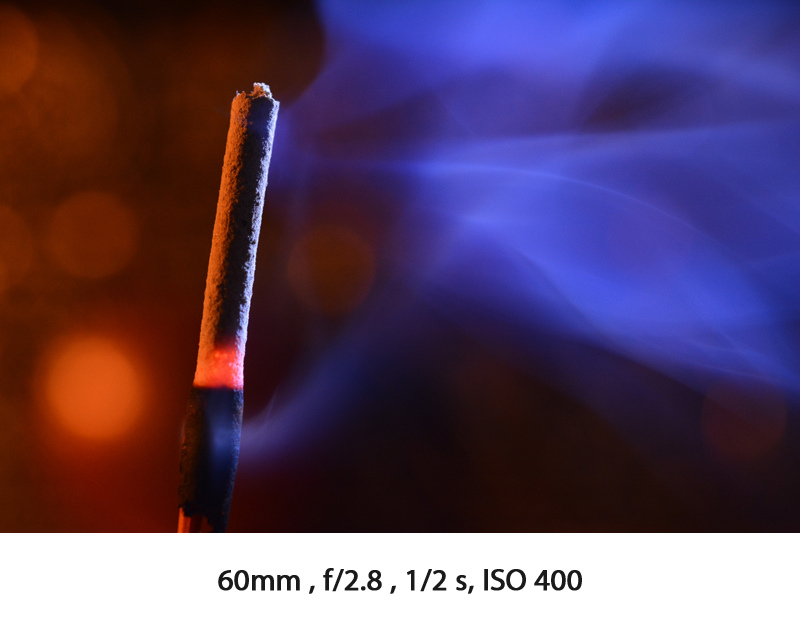By : Nikon School Blog | 19 Dec, 2016 |
A fascinating world exists around us, but remains largely unseen. This is the world of tiny things - living and non-living. If observed carefully, this world has the ability to amaze us as much as vast landscapes, exciting wildlife or vibrant festivals. Macro photography is all about capturing images of tiny objects or to go very close to normal sized objects to show their features in minute details. It is as much challenging and rewarding as any other genre of photography.

Technically, the ratio of an image formed on the image sensor to the actual size of the subject is called reproduction ratio. A true macro photograph is one where this ratio is 1:1, which means the image captured is the same size as that of the real object. Going so close to an object can reveal its details which the naked eye cannot observe.
How close you can go to a subject and still get it in focus determines the reproduction ratio of a lens. Hence, macro lenses (called micro in NIKKOR terminology) can focus at much closer distances than other lenses.
You can start close up photography even with your kit lens, the modest 18-55mm. Its multipurpose design allows you to get pretty close to any subject to give you good close up shots. You can also reduce the shooting distance and go very close to the subject using Nikon's MACRO ADAPTER RING BR-2A. Using the kit lens (18-55) or any other NIKKOR lens with 52mm front attachment size with the BR-2A, you can mount the lens in reverse position to achieve high reproduction ratios.

However, for serious macro photography with 1:1 reproduction ratio, you can rely on some amazing lenses from the NIKKOR line up.
For small, moving subjects like insects, you need lenses that can focus on a subject without the need to go too close to it. The AF-S VR MICRO-NIKKOR 105MM F/2.8G IF-ED and AF-S DX MICRO NIKKOR 85MM F/3.5G ED VR are best lenses in this category. For stationery subjects, we can go close and lenses like AF-S MICRO NIKKOR 60MM F/2.8G ED and AF-S DX MICRO NIKKOR 40MM F/2.8G are suited for this. You can also use the characteristic shallow depth of field of macro lenses to create beautiful images with smoothly blurred backgrounds of food, flowers, people, and other interesting subjects.

Close up photography is often difficult due to the limitations of light. As you get very close to a subject, you might be blocking light falling on it, hence requiring high ISOs or slow shutter speeds for a good exposure. Both of these can cause undesirable results. Thus, it is best to ensure you are shooting in good light. Use of specialised flashes like Nikon SPEEDLIGHT SB-R200 can make your work much easier.
Another major problem faced in close up photography is highly reduced depth of field. Sometimes it is too shallow to show all the details of a small subject. Try to use a small aperture of f/11 or f/16 to ensure enough details of the subject are captured. Shifting focus from one point to another slightly different spot can also increase depth of field.

Macro subjects are all around us. Natural subjects can be flowers, insects, insect eggs, nests, leaves, etc. While objects like toy cars, food, electronics, coins, machinery, can look very interesting when shot at close range. You can also shoot human or animal eyes to create dramatic macro images.

